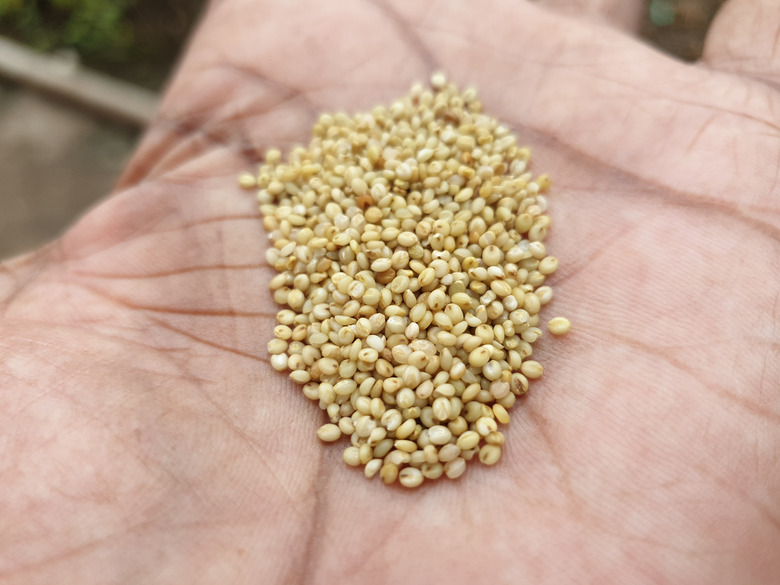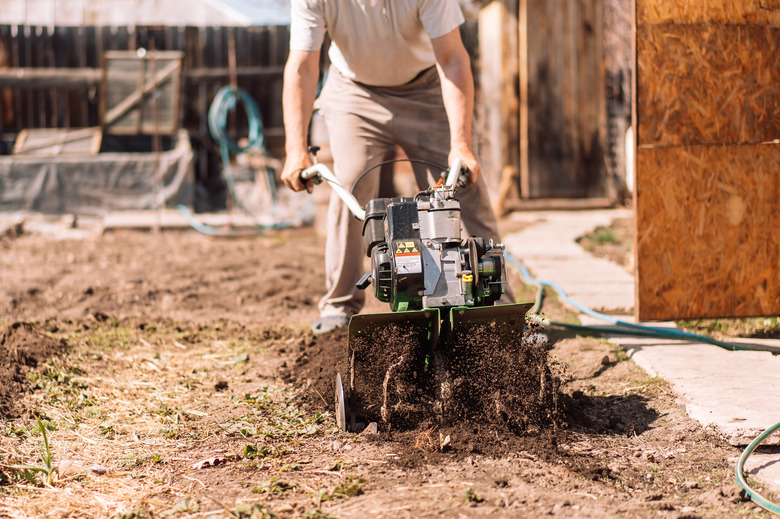How To Plant Browntop Millet
Learning how to plant browntop millet (Urochloa ramosa) is the first step toward growing this useful yet attractive millet species at home. Treat it as an annual plant or grow it perennially within USDA plant hardiness zones 7 to 11, where it spreads over time to form dense clumps.
Browntop millet may not be as showy as other perennial grasses, but it provides a good source of food for wild birds and is a low-maintenance plant, requiring little more than regular watering once established. However, it is important to start browntop millet under the best possible conditions to ensure good germination and growth early on.
About Browntop Millet
Browntop millet is a warm-season grass native to Southeast Asia, but it is grown widely in parts of Africa, Australia and India as a forage crop and has escaped cultivation across the southeastern United States.
Commercially, it is grown as silage or animal feed or for use in bird seed mixes. Browntop millet is also grown as a soil remediation plant to remove zinc and lead contaminants from the soil.
In home gardens, grow browntop millet as a food source for grain-loving birds such as quail or song birds. It is not as showy as ornamental millet cultivars such as Purple Majesty pearl millet (Pennisetum glaucum 'Purple Majesty'), but it still adds visual interest to larger garden beds.
Tip
Browntop millet belongs to the plant family Poaceae, which includes millet varieties such as proso millet (Panicum miliaceum), finger millet (Eleusine coracana) and foxtail millet (Setaria italica), although it is not typically grown as a cereal grain food crop.
Browntop millet can reach a mature height of 3 feet with thick, grassy stalks lined with light green, grassy blades that resemble the foliage of a corn plant. It blooms in late summer and autumn, producing long inflorescences that develop into seed heads filled with small millet grains.
Planting Browntop Millet
Browntop millet adapts to a wide range of growing conditions, but it performs best when grown in full sun with neutral to acidic, well-draining soil. It is very drought tolerant and thrives in high heat and poor soil.
- Plant browntop millet in late spring or early summer when soil temperatures stay reliably between 65 and 70°F. Prepare the planting site a week or so in advance so that the soil has time to settle before sowing.
- Till the planting site using a rotary tiller, or work the soil by hand if you are planting in a small area. Break up the soil in the top 8 to 12 inches and remove any rocks, sticks or other bits of debris that might interfere with drainage and root growth.
- Work a 2- to 3-inch layer of compost into the bed if the soil is very sandy. Fertilizer is not needed for growing browntop millet, and the plant itself will improve the soil over time, which is why it is referred to as a "green manure."
- Broadcast the seeds over the planting site by hand or using a seed spreader. Sow at a rate of 20 to 25 pounds of seed per acre. Cover the seeds with a 1/2-inch-thick layer of soil.
- Keep the soil moist during the germination process using a sprinkler or a hose with a shower attachment. Don't water using a strong stream of water because the seeds could dislodge. Water whenever the soil feels nearly dry on the surface.
Browntop millet germinates in five days and will reach a mature size in just 60 days, so it makes a highly effective weed suppression plant as well as a cover crop.
Growing Browntop Millet
Browntop millet needs very little care once established, although watering will help keep it looking fresh. Watering and pruning are the most important aspects of growing all types of millet, but especially browntop millet because it can take on a ragged appearance as it matures.
- Provide 1 inch of water each week during the growing season, with a little extra during extreme heat and drought if it is growing in very sandy soil.
- Spread a 2-inch layer of mulch between the plants to help conserve soil moisture. Use organic mulch such as wood chips or straw.
- If you intend to overwinter your browntop millet, prune back the entire plant by 2/3rds at the end of summer using sharp, clean pruning shears.
- If you are growing browntop millet to improve your soil, till the entire plant into the soil at the end of the growing season.
Browntop millet will freely reseed if the seeds are left to ripen on the plant. Although this can be desirable in certain locations, the reseeding and rapid growth of browntop millet can allow it to become invasive in warm, moist climates.

